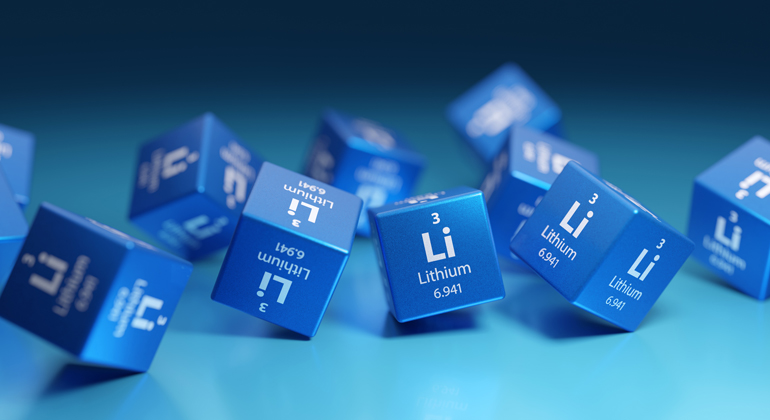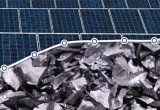Critical minerals market sees unprecedented growth as clean energy demand drives strong increase in investment
In its first annual market review, IEA notes surge in planned projects but finds more work is needed to ensure diversified and sustainable mineral supplies to support energy transitions.
The market for minerals that help power electric vehicles, wind turbines, solar panels and other technologies key to the clean energy transition has doubled in size over the past five years, according to a new report by the International Energy Agency.
The first annual IEA Critical Minerals Market Review, released today along with a new online data explorer, shows that record deployment of clean energy technologies is propelling huge demand for minerals such as lithium, cobalt, nickel and copper. From 2017 to 2022, the energy sector was the main factor behind a tripling in overall demand for lithium, a 70% jump in demand for cobalt, and a 40% rise in demand for nickel. The market for energy transition minerals reached USD 320 billion in 2022 and is set for continued rapid growth, moving it increasingly to centre stage for the global mining industry.
In response, investment in critical mineral development rose 30% last year, following a 20% increase in 2021. Among the different minerals, lithium saw the sharpest increase in investment, a jump of 50%, followed by copper and nickel. The strong growth in spending by companies on developing mineral supplies supports the affordability and speed of clean energy transitions, which will be heavily influenced by the availability of critical minerals.
“At a pivotal moment for clean energy transitions worldwide, we are encouraged by the rapid growth in the market for critical minerals, which are crucial for the world to achieve its energy and climate goals,” said IEA Executive Director Fatih Birol. “Even so, major challenges remain. Much more needs to be done to ensure supply chains for critical minerals are secure and sustainable. The IEA will continue its early leadership in this space with cutting-edge research and analysis – and by bringing together governments, companies and other stakeholders to drive progress, notably at our Critical Minerals and Clean Energy Summit on 28 September.”
If all planned critical mineral projects worldwide are realised, supply could be sufficient to support the national climate pledges announced by governments, according to the IEA’s analysis. However, the risk of project delays and technology-specific shortfalls leave little room for complacency about the adequacy of supply. And more projects would in any case be needed by 2030 in a scenario that limits global warming to 1.5 °C.
Diversity of supply also remains a concern, with many new project announcements coming from already dominant countries. Compared with three years ago, the share of the top three critical mineral producers in 2022 either remained unchanged or increased further, especially for nickel and cobalt. Additionally, environmental, social and governance (ESG) practices are making mixed progress. Companies are making headway in community investment, worker safety and gender balance. However, greenhouse gas emissions remain high, with roughly the same amount emitted per tonne of mineral output every year. Water withdrawals almost doubled from 2018 to 2021.
Accompanying the Critical Minerals Market Review 2023 is the new IEA Critical Minerals Data Explorer, an interactive online tool that allows users to easily access and navigate the IEA’s data and projections for critical minerals. In its initial version, the tool provides users with access to the IEA’s demand projections under various scenarios and technology trends. Supply-side information will be added in future updates.
Since the IEA’s landmark analysis on the Role of Critical Minerals in Clean Energy Transitions in 2021 and the new ministerial mandates it received from its member governments in March 2022, the Agency has been expanding its work on critical minerals to help policy makers address emerging challenges. It was also recently asked by the G7 to provide support across various aspects of critical minerals supply and demand.
To strengthen international dialogue and cooperation on the matter, the IEA will host the first ever international summit on critical minerals and their role in clean energy transitions on 28 September in Paris, convening ministers from countries in the IEA Family and beyond – including both large mineral producers and consumers – as well as business leaders, investors, heads of international organisations and civil society representatives.

- Read the report (pdf) | The inaugural edition of the Critical Minerals Market Review provides a major update on the investment, market, technology and policy trends of the critical minerals sector in 2022 and an an initial reading of the emerging picture for 2023. Through in-depth analyses of clean energy and mineral market trends, this report assesses the progress made by countries and businesses in scaling up future supplies, diversifying sources of supply, and improving sustainable and responsible practices. It also examines major trends for individual minerals and discusses key policy implications. Explore report








